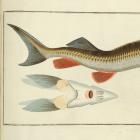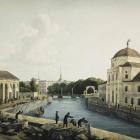"Breathing Air with Heft: An Experiential Report on Environmental Law and Public Health in China"
This article explores the intersections of daily life and environmental law in modern China. With comparative perspectives on analogous challenges in the United States, it reports on these critical domestic challenges for China at a pivotal moment in its reemergence as a dominant world power.





















